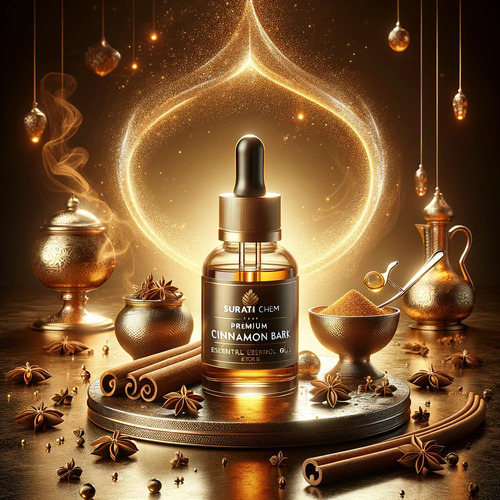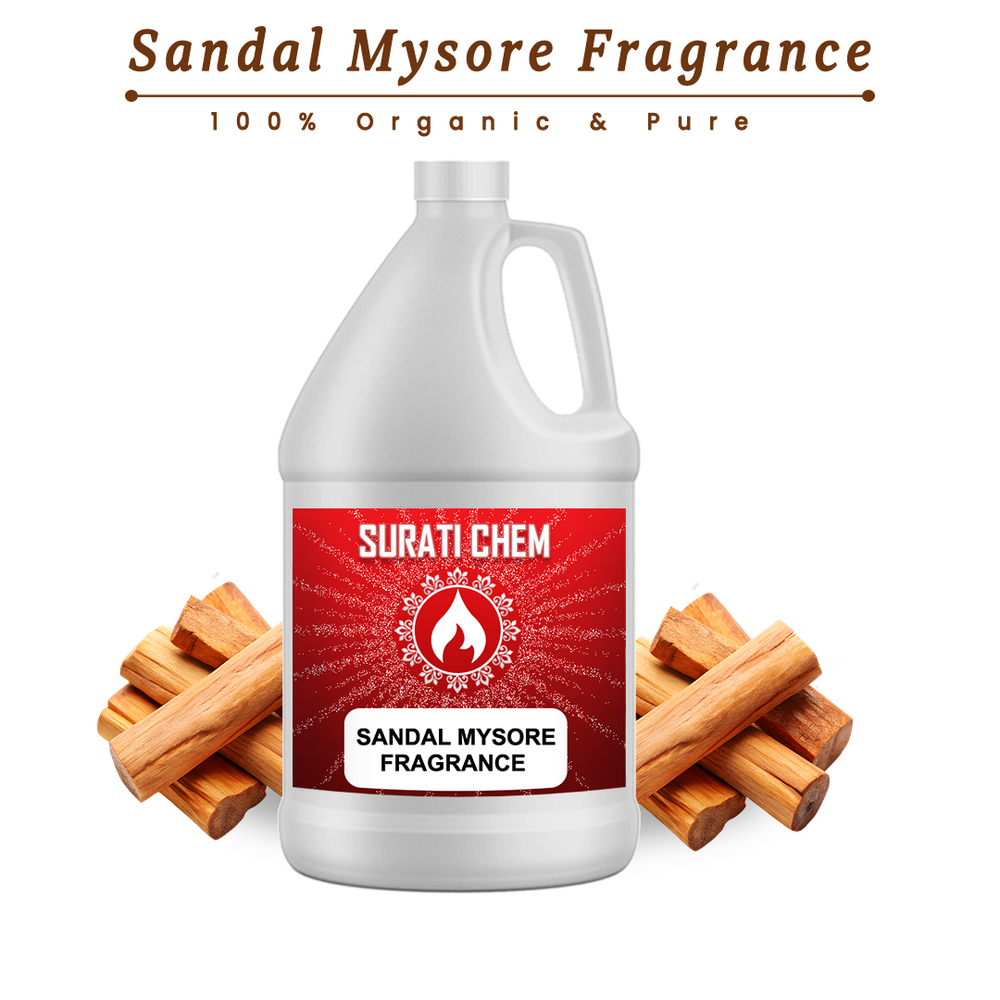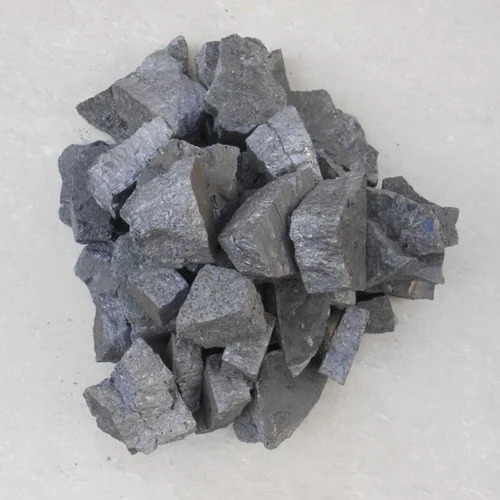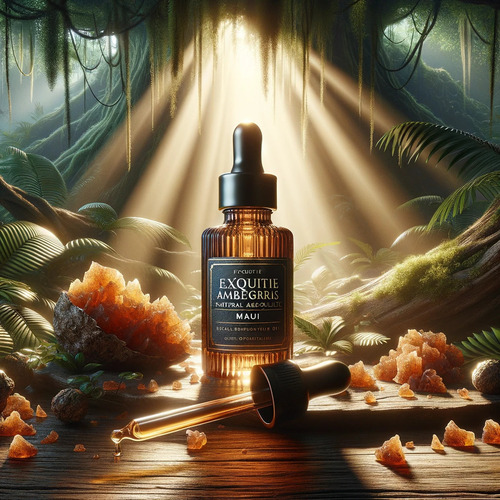Showroom
Fragrance oil is a concentrated mixture of aromatic compounds, solvents, and fixatives. Ingredients include essential oils and synthetic aroma chemicals. Processing involves blending to create specific scents. Used in perfumes, candles, soaps, and more, it offers long-lasting fragrance, consistency, and affordability compared to essential oils. Dilution and skin testing are recommended for safe use.
Fragrances are complex mixtures of aromatic compounds, solvents, and fixatives. Ingredients range from natural extracts to synthetic aroma chemicals. They undergo blending to create specific scents. Widely used in perfumery, cosmetics, and household products, they enhance sensory experiences, evoke emotions, and mask unpleasant odors. Proper usage ensures safe and enjoyable olfactory delights.
Industrial chemicals are diverse substances used in manufacturing processes. They encompass various compounds such as solvents, catalysts, and polymers. Processing involves synthesis, purification, or extraction methods. Widely applied across industries like pharmaceuticals and textiles, they enhance production efficiency, product quality, and innovation. However, careful handling and disposal are essential to mitigate environmental and safety risks.
Minerals and ores are natural resources containing valuable elements or compounds. Examples include silicon dioxide (silica), calcium fluoride, and fluorspar lumps. Extracted through mining, they undergo processing techniques like crushing and refining. Used in various industries, including electronics and metallurgy, they contribute to manufacturing processes, infrastructure development, and technological advancement.
Industrial raw materials are the foundational substances used in manufacturing processes. They vary widely, from metals like iron and aluminum to chemicals like polymers and solvents. Processing methods include extraction, refining, and synthesis. These materials serve as inputs for producing a wide range of goods across industries, driving economic growth and innovation.
Essential oils, from plants like Eucalyptus, Cypress, and Clove, retain natural compounds via steam distillation or cold pressing. Popular in aromatherapy, cosmetics, and perfumery, they offer relaxation, skincare, and cleaning benefits. Mood enhancement, stress relief, and antimicrobial properties are notable, requiring proper dilution and caution. Sustainable sourcing and quality control enhance their appeal in holistic wellness.
Water treatment chemicals, like aluminium sulphate and ammonia alum, are industrial-grade substances with 98% purity, available in solid or liquid forms. They are used to purify water by coagulating impurities. Processing involves dissolution or mixing into water treatment systems. Benefits include improved water quality and safety, crucial for various industrial and municipal applications.
Detergent fragrance is a blend of aromatic compounds, such as floral or citrus notes, used in laundry detergents. Ingredients are typically synthetic or natural fragrances. These fragrances are added during detergent manufacturing. They enhance the laundry experience by imparting a fresh scent to clothes, promoting a sense of cleanliness and freshness.
Processing industries chemicals enhance manufacturing processes and product quality. Ingredients span catalysts, solvents, and reactants. Techniques like mixing and distilling are tailored to applications in pharmaceuticals, petrochemicals, and food processing. Benefits include enhanced efficiency and consistency. However, careful handling and disposal are crucial to mitigate environmental risks. Regulatory compliance ensures responsible usage, fostering sustainability and economic development.
Floor cleaner, often containing White Phenyl Compound (WPC), removes dirt, grime, and stains from floors. Ingredients like surfactants, fragrances, and disinfectants blend to create a potent solution. Used via mopping or spraying, it sanitizes, deodorizes, and brightens floors. Dilution and ventilation are crucial for safe use. Regular application maintains cleanliness and hygiene.









 Send Inquiry
Send Inquiry Send SMS
Send SMS


